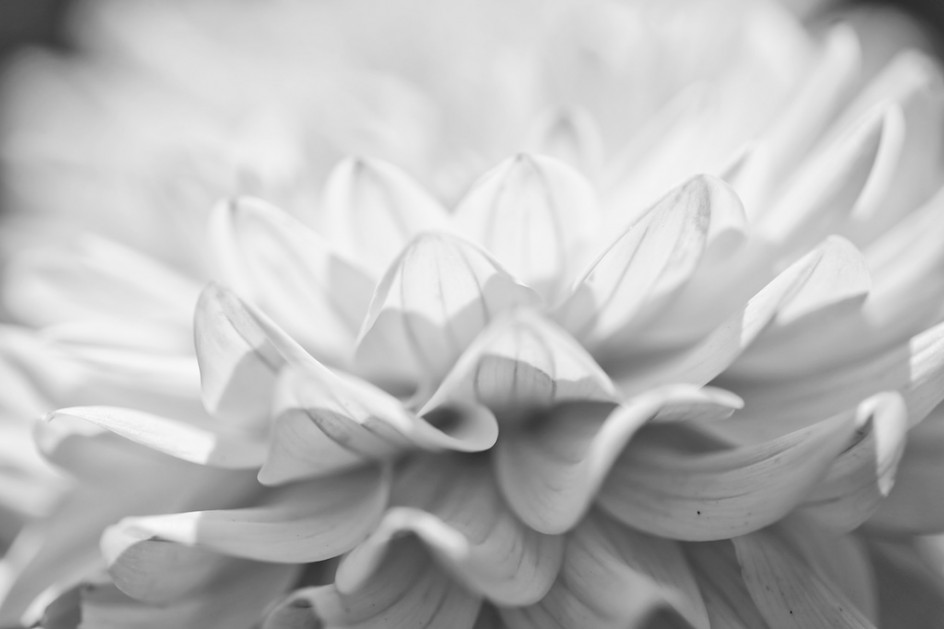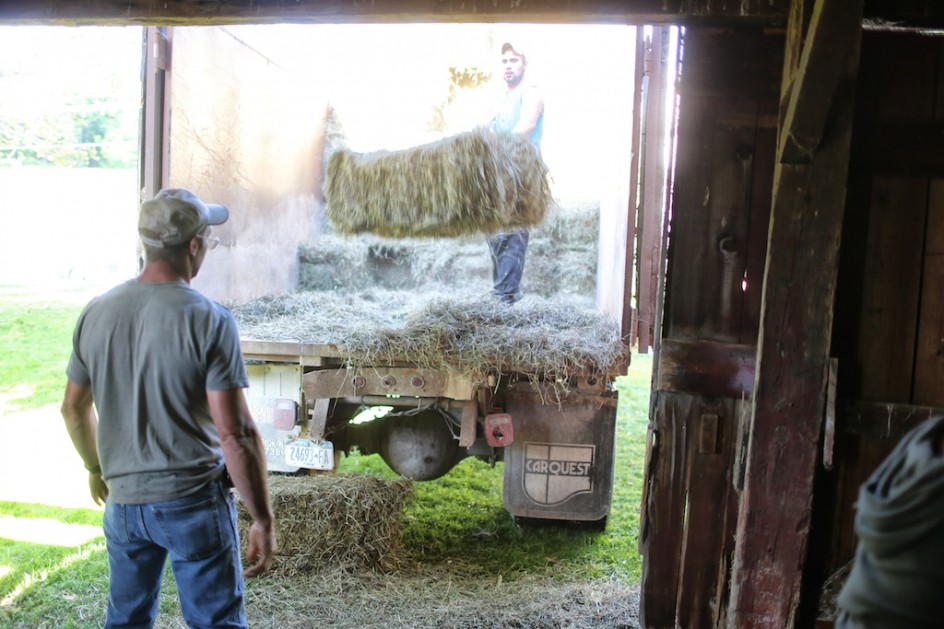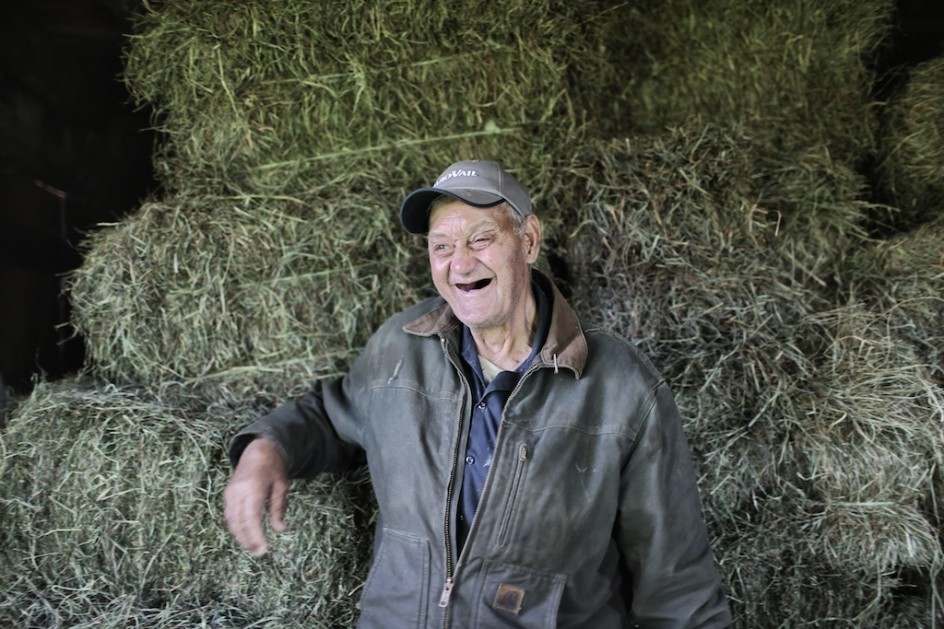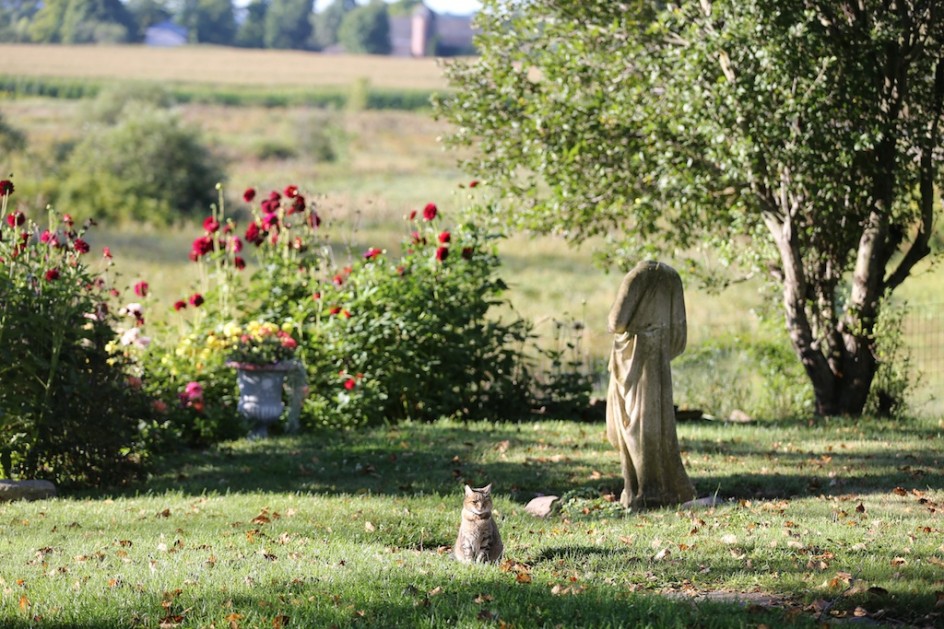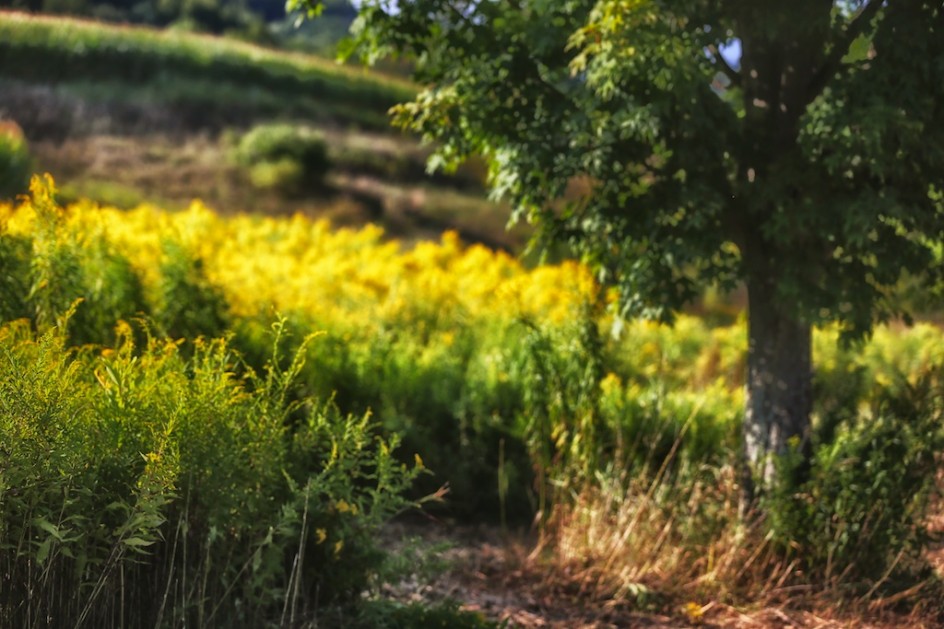
Kisa Gautami was a young woman from a prosperous family, she was happily married to a wealthy man. When her only son was one-year-old, he fell ill and died suddenly. Kisa Gautami was stricken with grief, her heart was broken, she mourned for days on end, alone and with her friends, she could not endure the death of her only child. Weeping and near collapse, she took the body of her dead baby and went from house to house begging everyone she encountered to help her find a way to bring her son back to life.
In house after house, she found disappointment and confusion, she would not give up. Finally, deeply concerned for her, her friends implored her to go and see the Buddha. When she carried the dead child to the Buddha and told him her sad story, he listened with patience and compassion. Then he told her, “there is a way to solve your problem. Go and find me four or five mustard seeds from any family in which there has never been a death.”
Kisa Gautami was filled with hope, she went back to her village to find such a household. But instead, she was surprised to discover that every family she visited had experienced a death of one person or another, one kind or another. Suddenly, she understood what the Buddha had wanted her to discover for herself – that suffering is a part of life, and death comes to us all. When Kisa Gautami accepted the fact that death is inevitable, she began the process of moving past her grieving, of moving beyond it and into her life. She took the child’s body away and buried her son and mourned her loss.
I love this story very much, I first heard it in a Quaker Meeting, at a memorial service for a much-loved elder of the meeting. It changed my life. In the culture in which I was raised, every death was mourned deeply, even savagely – mirrors covered in cloth, garments rendered, days of weeping with friends and family. Life stopped completely, was smothered in grief and sorrow. It always seemed a shock and a horror, as if the world had ended or been turned upside down.
I was stunned to hear of this new view of death, just as Lisa Gautami was in the story. This notion of grief and life deepened in me, was internalized and embraced, became a radioactive seed of memory, a part of me and my view of the world that has grown.
When we lose someone we love, we can forget that this is one of life’s inevitable and universal experiences, everyone has suffered such a loss, or soon will.
I see this again and again in the people world and also in the animal world when people tell of their grieving – often for years – for a dog or a cat. I am asked every day why I don’t mention Orson more, or talk about Rose, or mention Izzy, or mark their birthdays, or mention them in writings. People tell me they cry for my dogs all of the time, as well as theirs. They suggest that I am cold – one friend thought I must have Aspberger’s or some other behavioral disorder to be so remote, even ruthless.
That is not the path for me, I do not wish to live in the past, to swim in the stream of loss and sorrow. Life asks me to move forward, to seek the light and meaning, to learn to love, to know myself, to move forward until my end. Why would I mourn what I have lost, when I have gained so much – Maria, Red, Simon, my work, my blog, my photography, my friends?
For me the Buddha’s understanding of death – and the Quaker’s – is the purest kind of compassion, not cold or remote. It asks us to remember that our suffering and loss is never unique, is never a surprise, is never an aberration of life. It is life itself. And life is always a cause for rejoicing and celebration. We have all felt death, every house on every street. I have lost so many people and animals in my life – parents, relatives, friends, I expect I will lose many more as I grow older. When this happens, I tell myself – find one house, one family, one household that has not lost someone or something they love – a brother, a sister, a mother, a dog.
This is not the absence of life, this is life, our glorious fate. Death comes to us all, and when it does, I wish to always remember that it is not mine to take for myself, to grieve for myself without boundary or perspective. Compassion is coming to understand how to put myself in the shoes of another. When I lose something I love, I never walk alone in those shoes, those are the steps all of us – every one of you – has taken, often more than once.
I remember the story of Kisa Gautami, it is embedded in my consciousness. I celebrate life, always. Suffering and struggle and disappointment does not belong to me. For me, acceptance is the mother of compassion, the gateway to a spiritual life.

